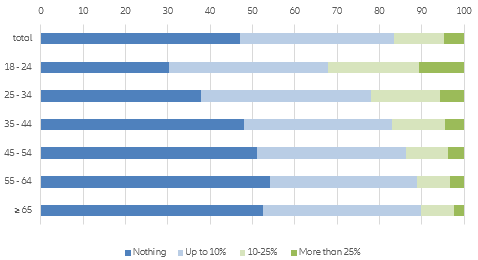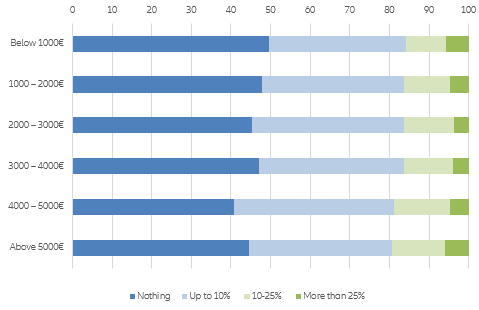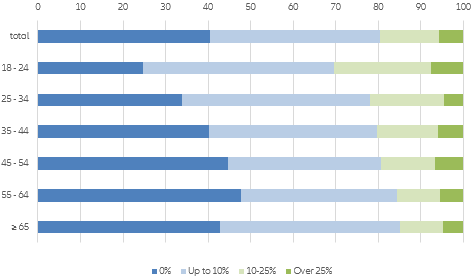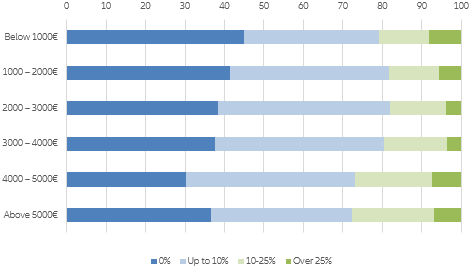Climate change is the dominant challenge of the 21st century but combatting it will require more than just huge investments: far-reaching individual behavioral changes are also essential. Yet, our latest Allianz Pulse survey reveals that just 17% of respondents in Germany, France and Italy are prepared to pay the higher price for sustainably produced goods. There are three channels of behavioral changes that could accelerate the global green transformation: First, the “moral channel”, by which insight into the unsustainability of old habits forces people to change their lifestyles; second, the “substitution channel”, by which people do not necessarily change their consumption behavior but choose green alternatives (climate-friendly products) and third, the “price channel”, by which people are “encouraged” to reduce their demand for climate-damaging products by price signals such as a carbon tax. However, the results of our representative survey show that while the “moral channel” seems to be working, with Europeans recognizing the urgency of dealing with climate change, both the “substitution channel” and the “price channel” are not.
Overall, only 19% of respondents said “No” in response to the question “Are you willing to personally tackle climate change?" (see Figure 1). The overwhelming majority is therefore quite willing to change their behavior for the good of the climate. Changes in eating habits come first – climate meets health. But the willingness to increase the energy efficiency of one's own four walls – climate meets thriftiness – and to curb wanderlust – climate meets Covid-19 – is almost as high. The fact that climate considerations are probably not the only factor in the most frequently mentioned measures does not detract from the relevance of the answers. More surprising (and disappointing) is the fact that only 19% of the respondents consider sustainable investments as a measure. This low figure is somewhat at odds with the tremendous interest this topic is currently attracting in the financial markets. This is probably due to the fact that only a small proportion of respondents are financial market-savvy to begin with.
Figure 1: Ready for behavioral change
Are you willing to personally tackle climate change? (max three answers possible), answers in %
Overall, only 19% of respondents said “No” in response to the question “Are you willing to personally tackle climate change?" (see Figure 1). The overwhelming majority is therefore quite willing to change their behavior for the good of the climate. Changes in eating habits come first – climate meets health. But the willingness to increase the energy efficiency of one's own four walls – climate meets thriftiness – and to curb wanderlust – climate meets Covid-19 – is almost as high. The fact that climate considerations are probably not the only factor in the most frequently mentioned measures does not detract from the relevance of the answers. More surprising (and disappointing) is the fact that only 19% of the respondents consider sustainable investments as a measure. This low figure is somewhat at odds with the tremendous interest this topic is currently attracting in the financial markets. This is probably due to the fact that only a small proportion of respondents are financial market-savvy to begin with.
Figure 1: Ready for behavioral change
Are you willing to personally tackle climate change? (max three answers possible), answers in %








